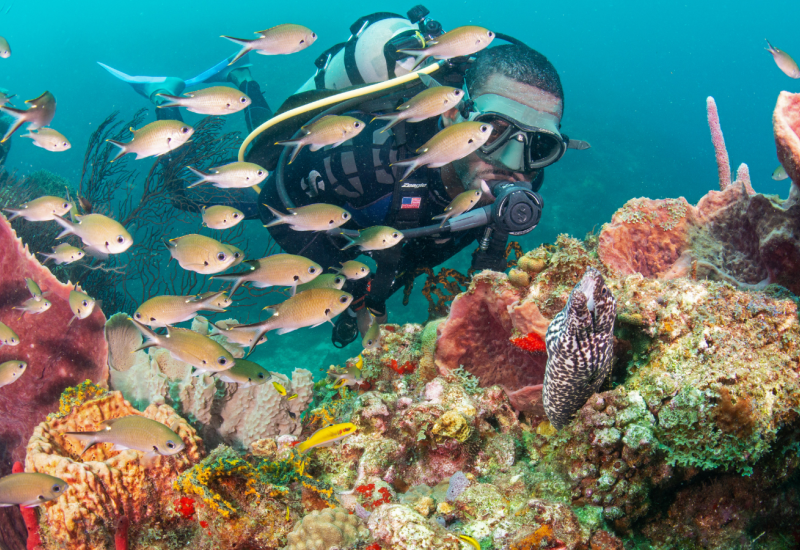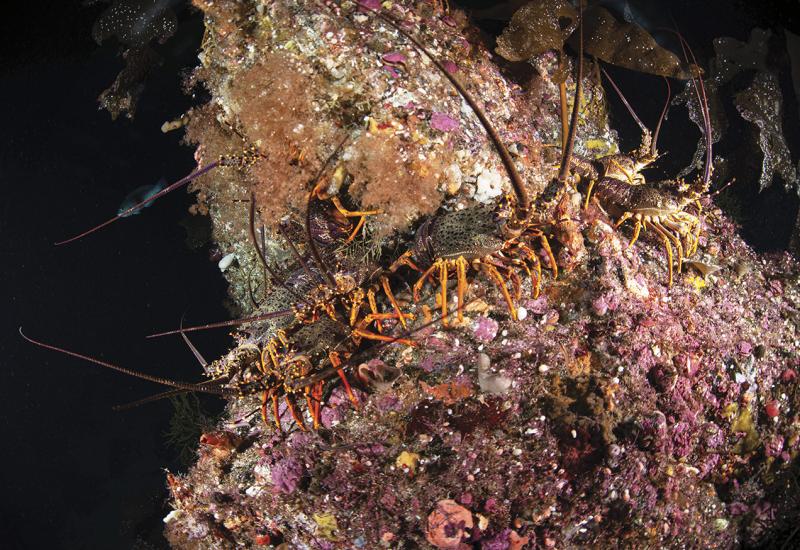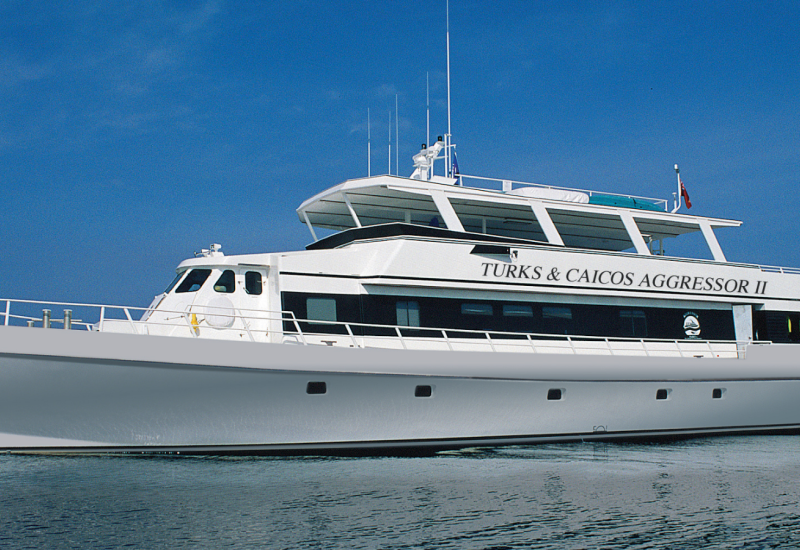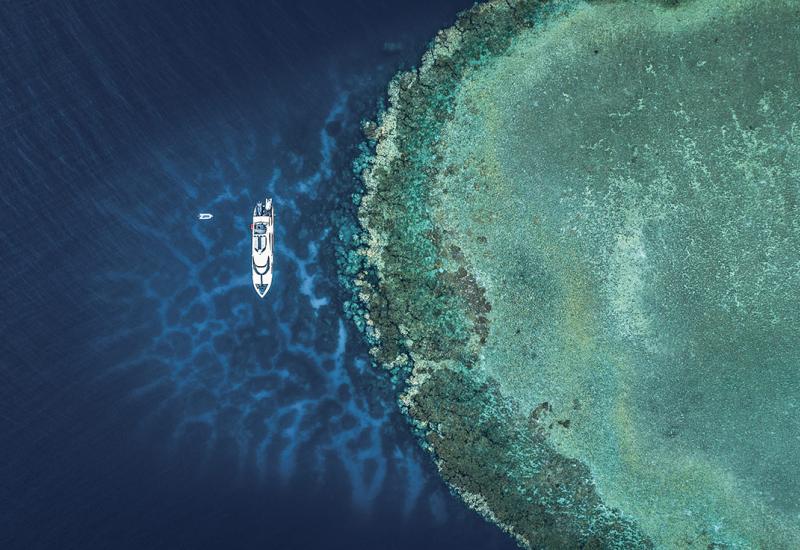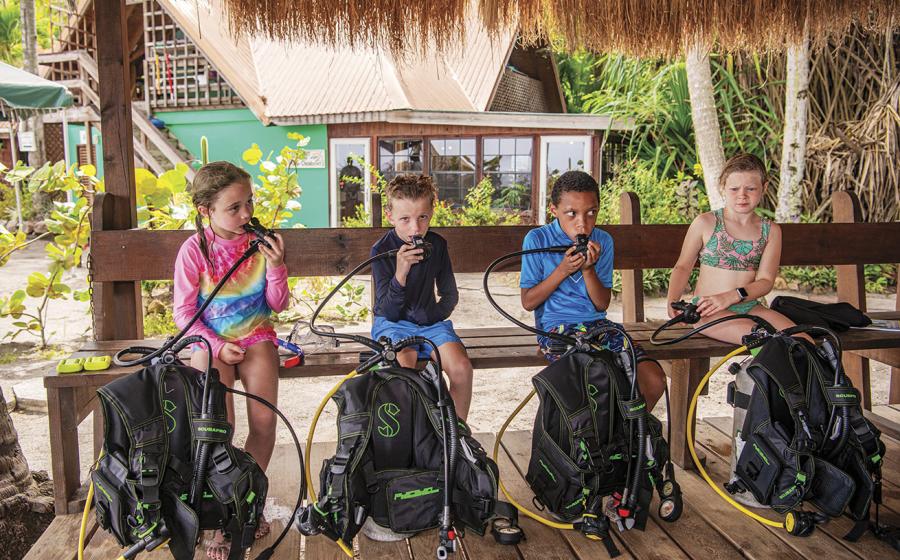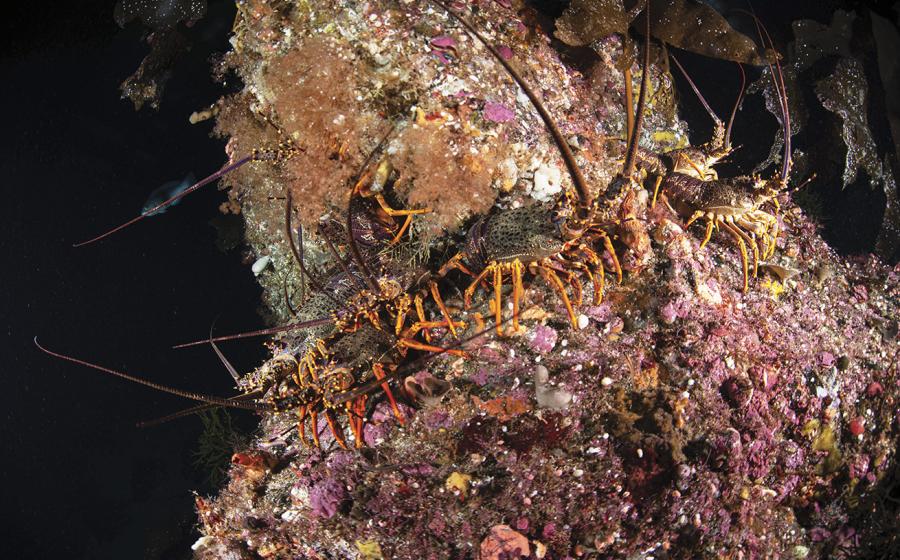Unwind on Petit St. Vincent, in St. Vincent and the Grenadines
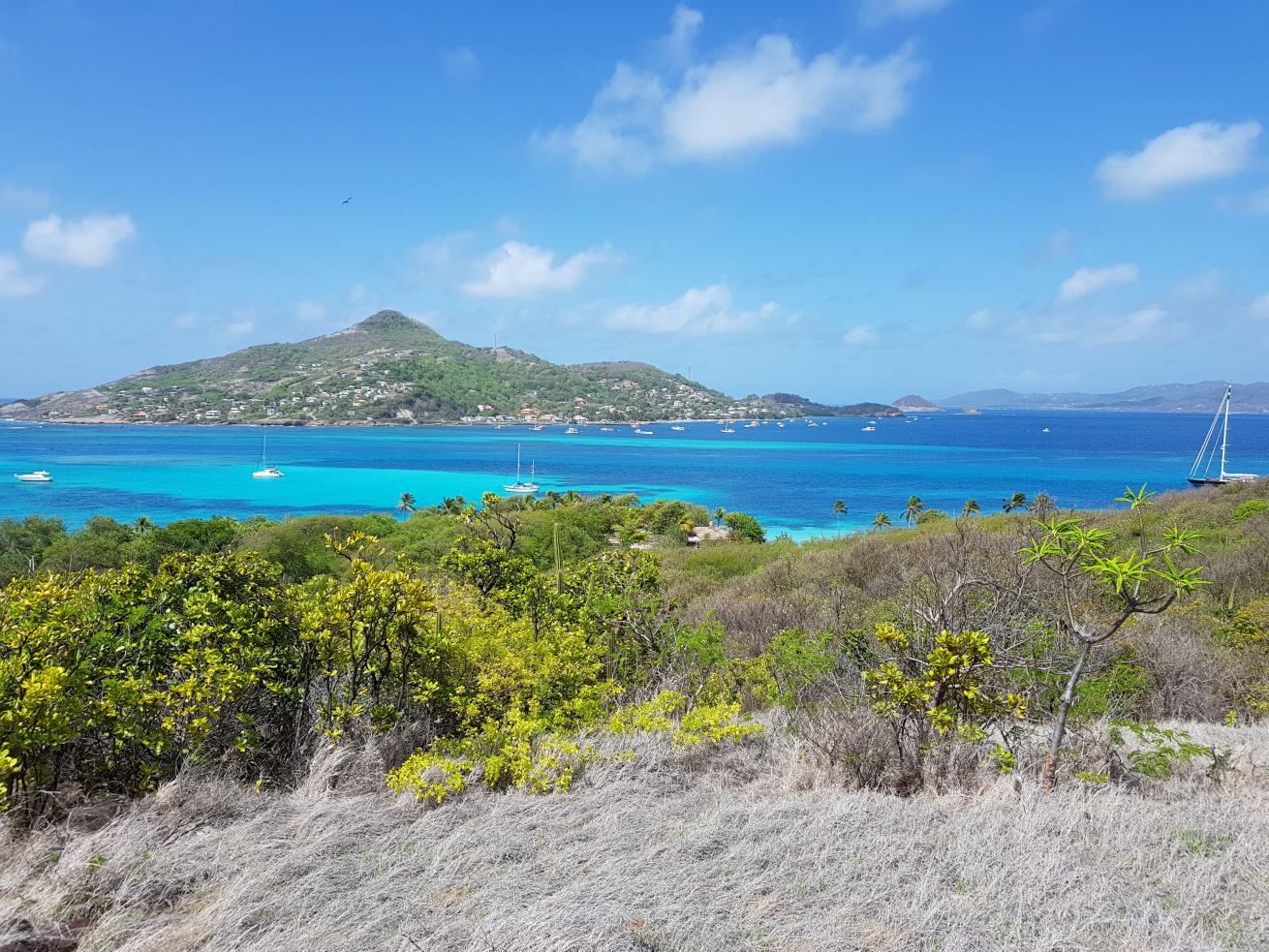
Carrie Miller and Chris TaylorThe view from Marni Hill: a flat-topped lookout with sweeping sea views.
Petit St. Vincent Island (colloquially known as PSV) is a privately-owned, 115-acre island in the Lesser Antilles chain, the southernmost dot of land in St. Vincent and the Grenadines. Two miles of white-sand beaches encircle an interior filled with tropical woodlands that rise to a natural lookout called Marni Hill (275 feet).
PSV is home to one exclusive resort—the Petit St. Vincent Private Island Resort. It boasts 22 cottages scattered across the island, homey places with lofty, airy ceilings and wooden decks with sweeping views of an emerald-colored sea. Temperatures hover around 85 degrees year-round, cooled by trade winds.
Relaxing here is harder than you think. PSV is big on outdoor activities and is ideal for families with kids. Guests can go kayaking, sailing, kite surfing, snorkeling or cycling, but diving is what PSV does best, with consistently good conditions, easy reef explorations for new divers and feistier, deeper drift dives for the more experienced.
Related Reading: Why Tioman Island Is the Perfect Dive Detour
Just Try to Relax
We’re not good at relaxing. Carrie always finds a story to write and Chris spends as much time underwater as possible. We struggle on islands, liveaboards or at resorts where rest and rejuvenation are the focus, and envy fellow travelers who can relax and unwind.
For those who can, PSV has more than a dozen secluded beach areas to claim as your own. A typical area has a hammock shaded by a thatched roof, lawn chairs and table, and a jug of iced water at the ready. White sand slips into a turquoise sea and, although neighbors (fellow hotel guests) are nearby, discreet groves of trees act as screens. You feel you have a sliver of paradise all to yourself, listening to the sound of waves and birdsong. It’s the easiest thing to while away the day, armed with a good book.
However, if you’re like us and find it difficult to sit still on an island filled with possibilities, PSV delivers. Our mornings began with a yoga class or a circuit of the island’s 20-station fitness trail, a self-guided dirt-and-sand track circling one-half of the island and featuring different exercise stations en route. The 30-minute Marni Hill walk also gets the blood pumping: A rocky path winds through the inland forest to the island’s natural lookout, a flat-topped hill overlooking the sea, cooled by a steady breeze.
Keep an eye out for the island’s population of red-footed tortoises. The larger ones wander freely, but the resort holds youngsters in an enclosure near the Main Pavilion until they are large enough for land crabs to leave alone. (We found a small tortoise we named Winnebago. If you see him, please give him our love!)
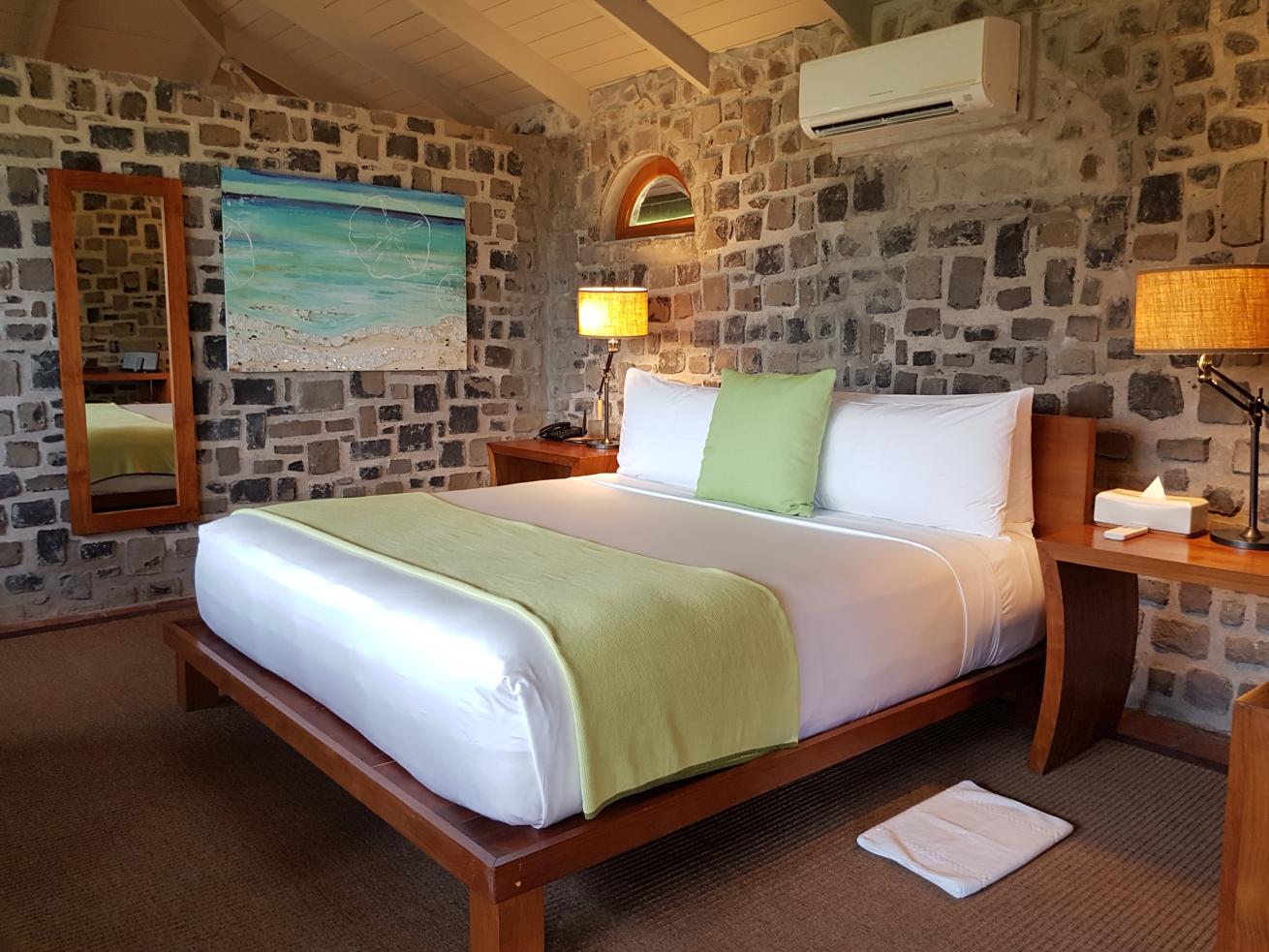
Carrie Miller and Chris TaylorThe 22 cottages on Petit St. Vincent are airy and elegant, designed to blend in with the environment.
Relish the Resort Diving
We did as much diving as we could. The on-site shop is a PADI Five Star Dive Center that focuses on small group, bespoke diving. The water is warm, the visibility is good year-round and there are variety of dive sites to choose from. This is an ideal place for holiday divers, beginner divers and brand-new divers, and it is a feast for macro photographers.
PSV’s surrounding house reef is a great spot to get started. These shallow, sandy-bottomed dives are filled with fish like juvenile, adolescent and adult drum fish; schools of blue tang; cowfish and unicorn fish. There is even a wreck suitable for beginners—the Puruni, a 1918 English gun ship, rests in just 40 feet of water.
Experienced divers have even more choices within an hour’s boat travel, including deeper wall and drift dives. Mayreau, a small island and marine protected area, has an array of dive sites including a drift dive over coral gardens frequented by rays and schooling fish. Two diver favorites are the Hot Springs, which bubbles out of the sand thanks to an underwater volcano, and Sail Rock, a sea mount that attracts a plethora of life, including schools of fish, stingrays and sharks—even the occasional tiger. (Sail Rock is very weather-dependent and strong currents can kick up.) Exploratory diving is also available for experienced divers who are keen to check out new sites—speak to the shop if interested.
Related Reading: Tiny Yet Stunning: Best Destinations to Dive for Macro Life
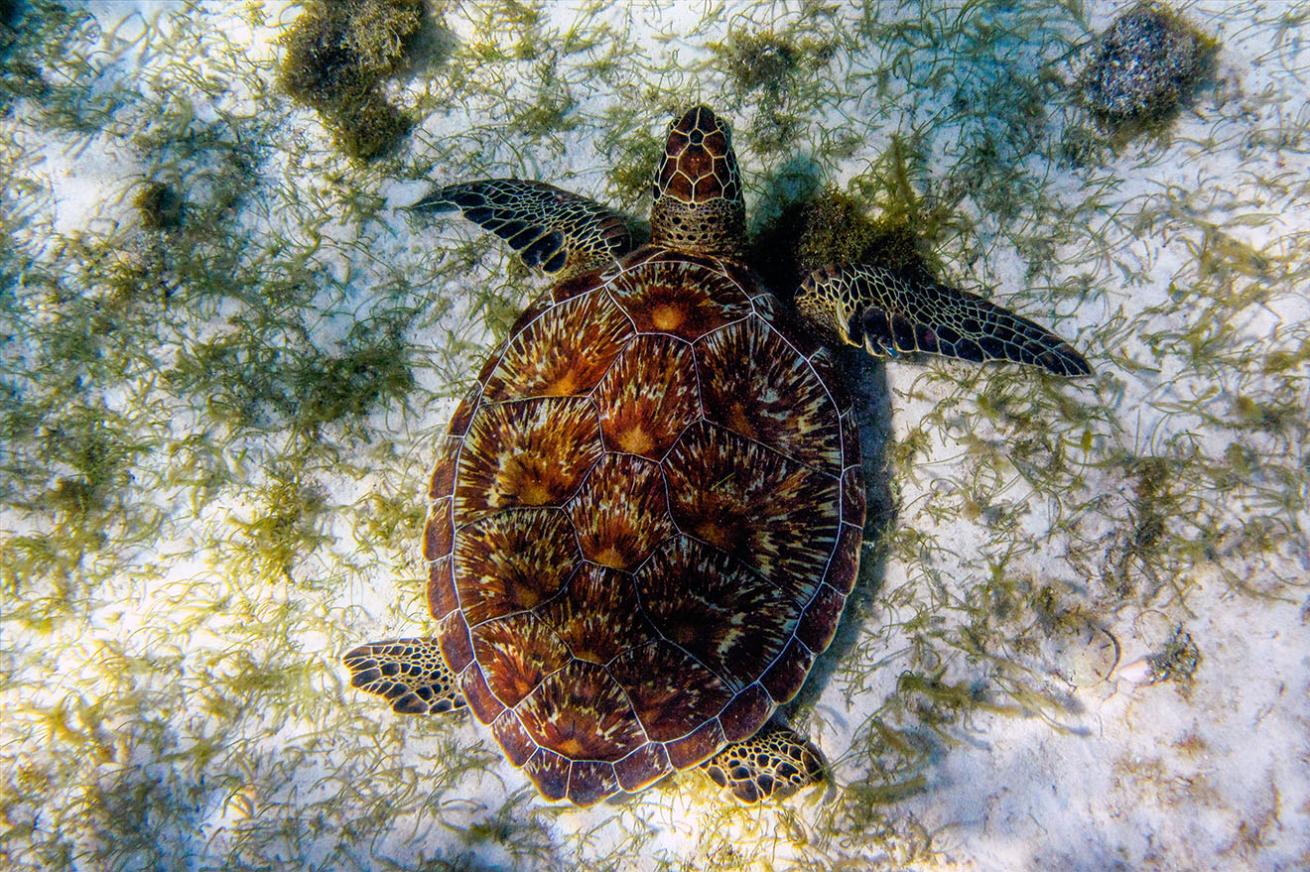
Shutterstock.com/Rudi ErnstThe warm water surrounding Petit St. Vincent attract sea turtles, dolphins and whales.
Find the Balance
The waters surrounding PSV and neighboring islands are a popular area for turtles, as well as more than 20 species of dolphins (Atlantic spinner, bottlenose, pan-tropical and more) and whales (sperm, shortfin pilot, pygmy sperm and more; humpbacks arrive January to May). PSV is a Marine Conservation Area adjacent to the Saint Vincent and the Grenadines Mission Blue Hope Spot. More than a decade of fishing and anchor restrictions has seen a steady increase in biomass.
As always, paradise has its problems. Whaling still takes place in the area. Fish populations are taking a hit from invading lionfish and illegal fishing and hard and branching corals are struggling here. To help, PSV has collaborated with CLEAR Caribbean to construct a coral nursery to repopulate reefs around the island.
As Jean-Michel Cousteau, son of ocean explorer Jacques-Yves Cousteau, has said, “It is our hope that by encouraging and enabling divers to explore the waters around PSV, we will be raising awareness of the importance of protecting our water planet.”
It is, after all, our home.
NEED TO KNOW
When to Go: The lodge is closed from August through October. The average temperature is blissful, hovering around 85 degrees year-round.
Dive Conditions: Visibility is usually around 65 feet. Water temperatures are around 75 degrees in winter and 88 degrees in summer. Depths range from 26 to 100 feet. Suitable for divers of all levels. This is a fantastic place to learn to dive.
Operators: We dove with the on-island shop, a PADI Five Star Dive Center. Diving is conducted in small groups—multiple dive boats are available. Let the shop know in advance if you’re interested in taking a course.
Travel Tips: Petit St. Vincent can only be accessed by boat. It’s a 20-minute boat ride (arranged by the lodge) from Union Island, which is part of Saint Vincent and the Grenadines. Barbados, Grenada and St. Lucia are all gateways to Union Island. Once here, the island is easy to walk around. (Golf cart–style service cars are available as needed.) There are limited Wi-Fi areas on the island; plan to be out of touch (a great perk for families looking to unplug together).
Make a Difference: Petit St. Vincent Private Island Resort lets you leave your cares at home and shelve any fretting about environmental impacts. The lodge has a desalination plant to turn ocean water into drinkable tap water (avoiding importing plastic bottled water). It also employs people from local communities (one employee recently celebrated their 50-year work anniversary) and runs a scholarship fund to help finance education for their employees’ children. Simply visiting Petit St. Vincent makes a difference.
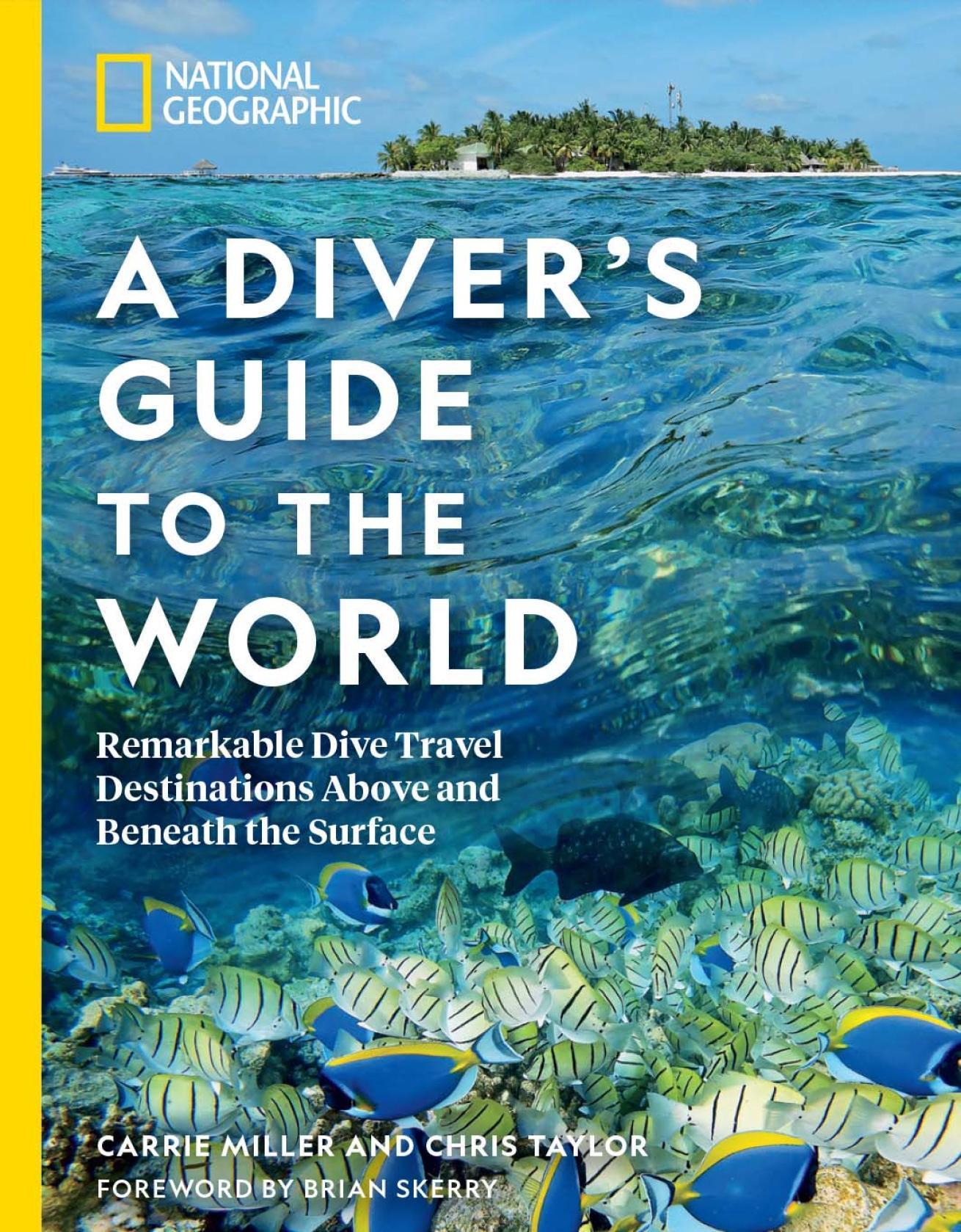
To create their one-of-a-kind National Geographic book, A Diver’s Guide to the World: Remarkable Dive Travel Destinations Above and Beneath the Surface, dive travel experts Carrie Miller and Chris Taylor traveled to 50 inspirational locations around the world, spending more than 250 hours underwater. Their monthly column explores the world using a mix of chapter excerpts and exclusive behind-the-scenes stories. Their project, Beneath the Surface Media, uses storytelling and ocean travel to encourage conservation through exploration. For more, follow them on Instagram and Facebook.

